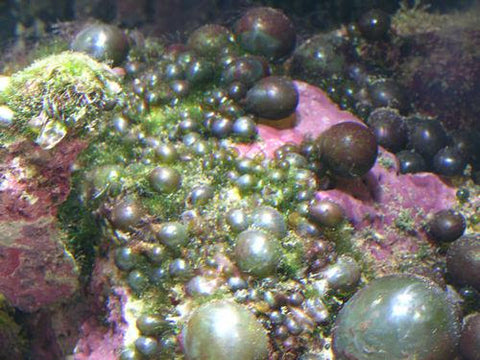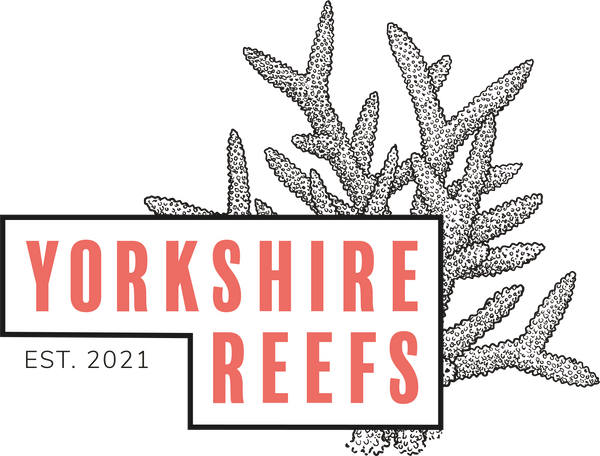Everyone gets algaes from time to time. Don’t panic! When your tank isn’t looking its best, it can always come back around. The trick is to have patience, and go through the process step by step.
Step 1: Check your nitrates and phosphates.
Nitrates and phosphates act a bit like a see-saw. We want them to be balanced - if one is high, and the other is low, certain algaes will absolutely thrive. The first thing we need to do is check our nutrients are in range. We’re looking for nitrates between 5 and 10, and phosphates between 0.06 and 0.1. Work on bringing the high one down, or the low one up if they’re out of balance.
If they’re out of range, start working on bringing them into range (and stable) and see if you have a reduction in algae.
Step 2: Identify the algae.
Filamentous Algaes
Is it a hairy green algae? Bubble algae? Does it feel rough? It’s probably one of these.
Bubble Algae

Bryopsis

Hair Algae

If it’s one of these, or it looks similar, the treatment is the same.
Add something in to eat it - Foxfaces, bristletooth tangs, hermit crabs, urchins, and emerald crabs will all help. Make sure your tank is big enough for each species.
Bubble algae:
Foxfaces & Emerald crabs will do the best job
Bryopsis & Hair Alage:
Bristletooth tangs, Foxfaces, Urchins & Hermit Crabs will do the best job.
Try and manually remove it - scrape it off and siphon it out.
Keep an eye on phosphates - these algaes tend to lock phosphates inside of them. As they’re eaten and removed, phosphates can leech back into the water column. You may need to run some phosphate remover as you’re removing them (like RowaPhos).
Can’t make them budge? Come and chat to us about some other options.
Slimy, red or brown algaes
Is the algae on the sand bed? Does it feel slimy to the touch? Does it go away at night (or look worse when the lights are on?) It’s probably one of these.
Cyanobacteria:
Can be red or green in colour, and will tend to lift off in sheets if you siphon it.

Diatoms:
Brown and slimy, and very common in new tanks.

Dinoflagellates:
Brown in colour, sometimes stringy with air bubbles. Doesn't look as bad when the lights are off.

If it’s one of these, bring us a sample of the algae in (bring it in a pot or jar with some tank water). These can be really hard to identify by eye, so we can look at it under the microscope and let you know what it actually is.
All three of these can be caused by an imbalance in nitrate and phosphate, so work on getting those levels right (Nitrate 5-10, Phosphate 0.06-0.1) and see if it has any effect. Try and siphon as much as you can out during your water changes.
Extra steps:
If it’s cyanobacteria, you may need to treat the tank with a liquid product to kill it off - but this will only work as a long term solution if your nitrates and phosphates are in range; so get them there first!
If it’s diatoms, adding in copepods as well as dosing phytoplankton weekly will help a lot. If you’ve got a new tank, just keep your nutrients in line and it’ll go away with time. It’s just a part of having a young reef aquarium. If they’re still kicking about, come and see us so we can work on getting them gone!
If it’s dinoflagellates, start adding copepods and phytoplankton weekly. Adding in a good bacteria will help, we like to use BioDiversity by Modern Reef. If you’ve got a UV, that will help too, so turn it on!
